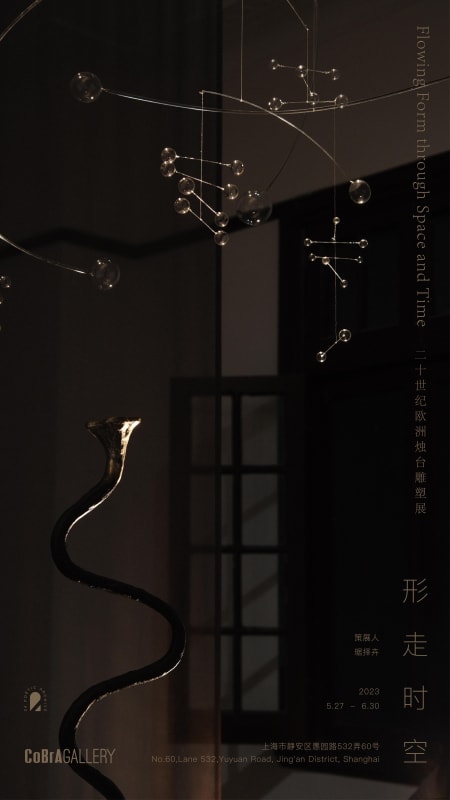We are not looking at a single work of art, but rather at the relationship between the object and the self, completing the ideal definition of 'beauty' and 'form'.
We are not looking at a single work of art, but rather at the relationship between the object and the self, completing the ideal definition of 'beauty' and 'form'.
Classical art has created a perfect or ideal type of humanity in the form of the Apollo Belvedere or the Aphrodite of Melos --Perfect in shape, harmonious in proportion, noble and serene; in short, beautiful. Today, we still live in the Renaissance tradition, and the quest for form in "beauty" is inevitably linked to the idealisation of human nature evolved by ancient man in a distant land.
"Form" is very important, but subtly seductive. "Form" includes development and transformation, and no form is eternal. Line and mass construct the form of sculpture, but also the relationship between space, objects, and you and me.
László Moholy-Nagy (Hungarian artist and constructivist designer), in his influential Bauhaus book The New Vision (1946), described the development of contemporary sculpture in the twentieth century as a number of important formal stages: first starting with the empirical model of the block and the sense of touch, to the solid or hollow block, and then to the solid or hollow block. to solid or hollow blocks, to perforated blocks, and finally to sculpture in equipoise and kinetic sculpture. In this exhibition, we use the European 20th century candlestick as a lens through which to look at 'abstract nature', 'the dynamism of line' and 'capturing time' to see how artists construct their ideal 'forms' in space and time.
Classical art has created a perfect or ideal type of humanity in the form of the Apollo Belvedere or the Aphrodite of Melos --Perfect in shape, harmonious in proportion, noble and serene; in short, beautiful. Today, we still live in the Renaissance tradition, and the quest for form in "beauty" is inevitably linked to the idealisation of human nature evolved by ancient man in a distant land.
"Form" is very important, but subtly seductive. "Form" includes development and transformation, and no form is eternal. Line and mass construct the form of sculpture, but also the relationship between space, objects, and you and me.
László Moholy-Nagy (Hungarian artist and constructivist designer), in his influential Bauhaus book The New Vision (1946), described the development of contemporary sculpture in the twentieth century as a number of important formal stages: first starting with the empirical model of the block and the sense of touch, to the solid or hollow block, and then to the solid or hollow block. to solid or hollow blocks, to perforated blocks, and finally to sculpture in equipoise and kinetic sculpture. In this exhibition, we use the European 20th century candlestick as a lens through which to look at 'abstract nature', 'the dynamism of line' and 'capturing time' to see how artists construct their ideal 'forms' in space and time.

